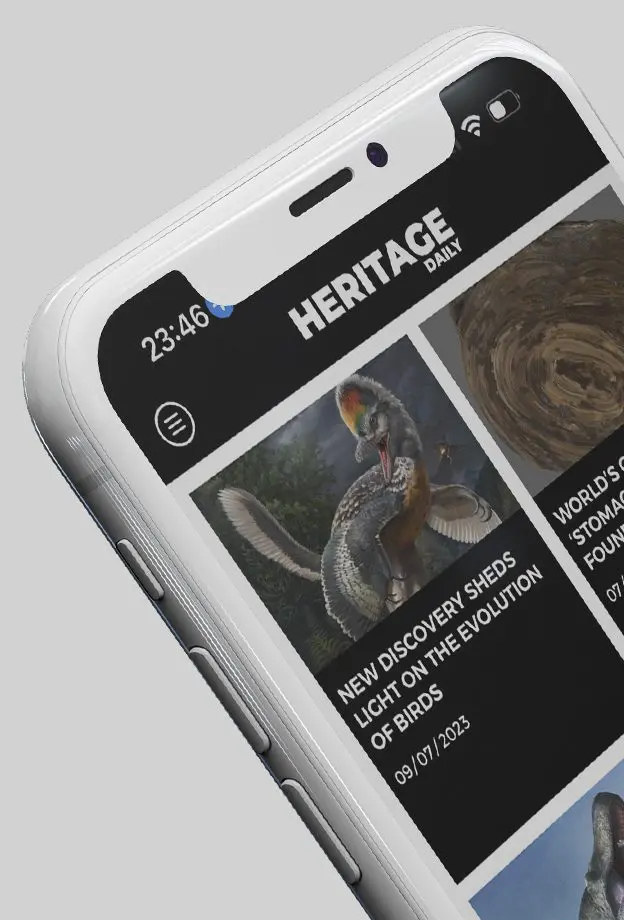Our Company
HeritageDaily LTD - Suite/Unit 40 17 Holywell Hill, St Albans, Herts, United Kingdom, AL1 1DT
Latest News
Tomb of Avar warrior found containing ornate treasures
Archaeologists from the Szent István Király Museum have unearthed an Avar warrior’s tomb near the border of Aba and Székesfehérvár in Hungary.
Bust of Ancient Egyptian goddess unearthed in Turkey
Excavations at Satala in Turkey’s Gümüşhane province have led to the discovery of a bronze bust depicting Isis, an Ancient Egyptian goddess whose worship spread throughout the Greco-Roman world.
Celtic skull trepanation tool discovered in Mazovia
Archaeologists have discovered a rare Celtic tool used for skull trepanation during excavations at the Łysa Góra site in Mazovia, Poland.
Traces of prehistoric tombs and settlements excavated on Northern Herm
Herm is one of the Channel Islands and part of the Parish of St Peter Port in the Bailiwick of Guernsey.
Rare silver-tipped stylus among new discoveries at the “Gates of Heaven”
Archaeologists from the Saxony-Anhalt State Office for Monument Preservation and Archaeology (LDA) have unearthed a rare silver-tipped stylus during excavations at the Himmelpforte Monastery, otherwise known as the “Gates of Heaven”.
Popular News
The mystery of Tutankhamun’s meteoric iron dagger
In 1922, Egyptian excavators led by Howard Carter discovered the tomb of Tutankhamun, an Egyptian pharaoh who was the last of his royal family to rule during the end of the 18th Dynasty.
Legio V Macedonica – The Last Roman Legion
Throughout the history of the Roman Empire, countless legions were raised and disbanded, but one legion endured the entirety, remaining in service to the Roman Empire and the Byzantine Empire, and marching on into the Middle Ages - The Legio V Macedonica.
Atlantis – The story behind the legend
Atlantis has become a taboo subject in many scholarly circles, often branded in pseudo-science and invented interpretations from Plato’s dialogues.
The Immortal Armour of China’s Jade Burial Suits
The Jade burial suits are hand-crafted jade suits from the Han Dynasty of China, used for the ceremonial burials of China’s elite and members of the ruling class.
The Pleasure Villa of Emperor Tiberius
The Villa of Tiberius is a Roman villa complex in the present-day town of Sperlonga, located on the western coast of Italy in the province of Latina.
© 2024 - HERITAGEDAILY LTD

